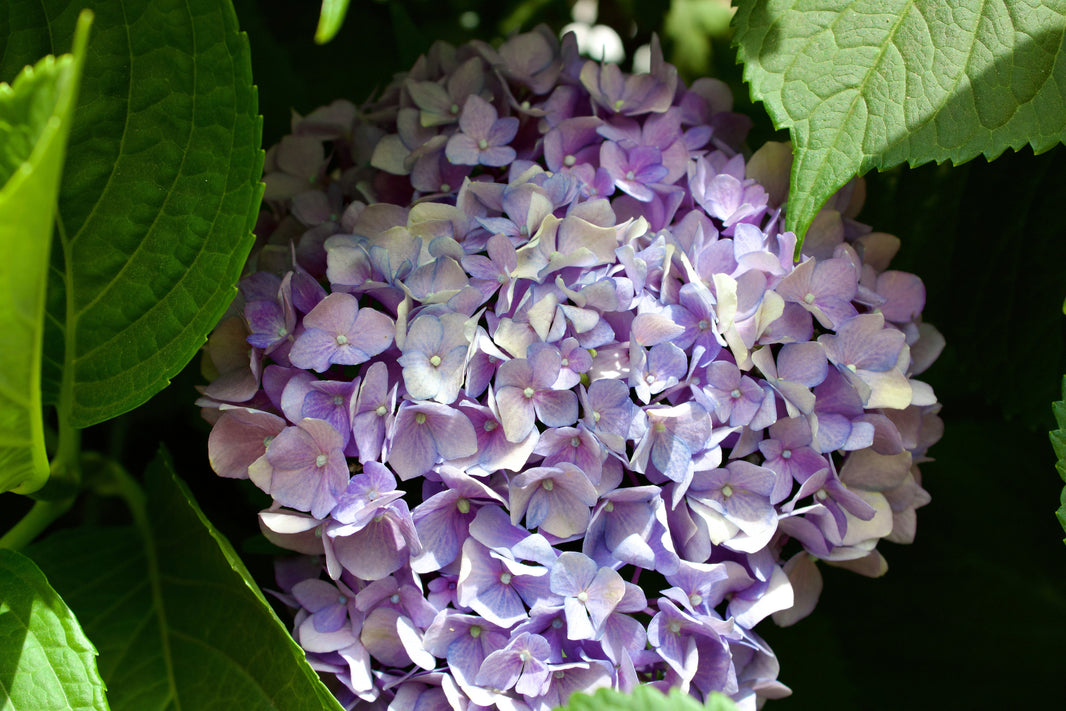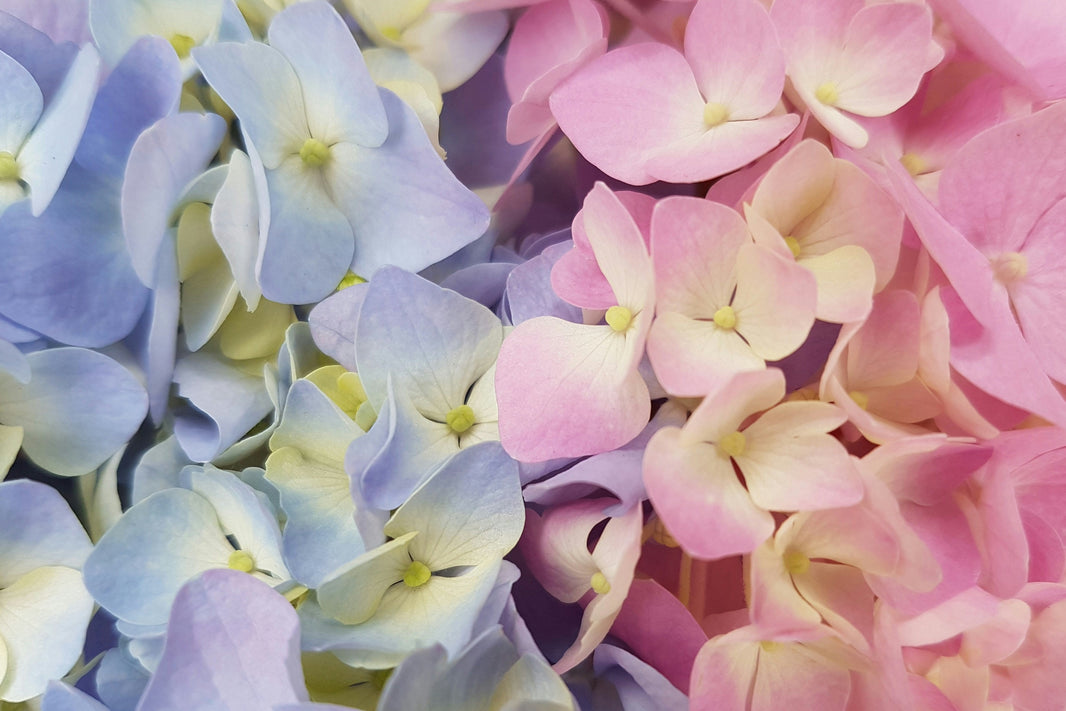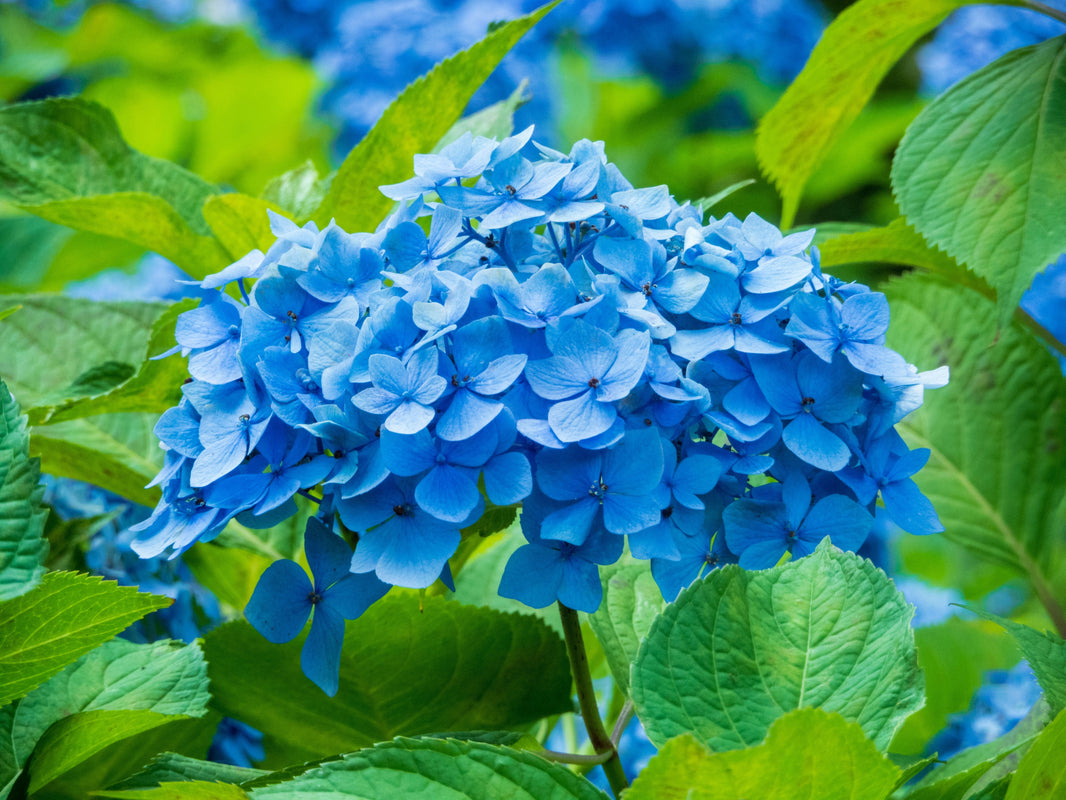Planning a wedding is an exciting yet financially significant journey. For many couples, it’s the most expensive event they’ll ever organize. The key to a successful celebration often lies in understanding the average wedding cost and how it applies to your specific needs and location. In 2025, with inflation and evolving expectations, budgeting wisely is more important than ever.
The current national average cost of a wedding in the U.S. stands at approximately $35,000. This figure includes the major categories such as the venue, catering, attire, photography, entertainment, and flowers. However, this average can swing significantly depending on guest count, location, and personal preferences.
Weddings in urban areas like New York, Los Angeles, and Miami can cost upwards of $50,000 or more, while those in smaller towns or rural settings can come in well under the national average. Understanding your local wedding market is essential when starting your budget calculations and vendor outreach.
Couples are becoming increasingly strategic, seeking to make memorable moments without going into debt. Micro-weddings, off-season dates, weekday celebrations, and DIY décor are some of the popular cost-saving strategies. Yet even with careful planning, it’s easy to underestimate certain expenses if you don’t have access to current data.
From choosing between plated or buffet-style catering to renting versus buying attire, every decision has financial implications. Knowing the average costs for each category can empower couples to prioritize, compromise, and allocate funds where they matter most.
This guide dives into every major wedding budget category with updated 2025 pricing estimates. You’ll also find tips for managing your wedding budget, questions to ask vendors, and insight into emerging trends influencing costs across the country.
If you’re embarking on your wedding planning journey, this article is your blueprint to staying financially grounded while creating a day that reflects your love and values. Let’s explore each major category in detail and uncover ways to build the perfect wedding without compromising your budget.
Floral Design and Décor
Floral arrangements are a signature part of any wedding, influencing the look, feel, and fragrance of the event. In 2025, the average cost for wedding flowers is around $2,800, covering bouquets, centerpieces, boutonnieres, ceremony florals, and venue décor. High-end weddings may easily spend $5,000 or more on lush floral installations.
Bridal bouquets typically range from $150 to $300, depending on size, complexity, and flower choice. Seasonal and local blooms are more budget-friendly than rare or imported varieties. Peonies, orchids, and garden roses—while beautiful—are among the most expensive options per stem.
Ceremony florals, including aisle markers, arches, or altar arrangements, vary widely in cost. A simple greenery arch may cost $500, while a full floral arbor could run upwards of $2,000. Some couples choose to repurpose these arrangements for the reception to save money and reduce waste.
Reception flowers take up a large portion of the floral budget. Centerpieces average $75–$200 each depending on size and flower variety. Low, lush centerpieces are popular for intimate tables, while tall arrangements are more impactful in grand ballrooms. A mix of high and low centerpieces can create visual interest while controlling costs.
Boutonnieres, corsages, and flower crowns for the wedding party can add another $200–$500. Though small, these accents are often customized per person, with intricate wiring and design work. Silk alternatives are available and sometimes reused or gifted as keepsakes.
Floral installation charges should be clarified upfront. Many florists charge additional labor for on-site setup, especially for elaborate backdrops or hanging installations. Delivery fees, breakdown charges, and rental of vases or candles also contribute to final costs.
Couples on a budget often explore DIY flower options or purchase blooms in bulk from flower wholesalers. WholesaleFlowers.net is an excellent resource for this, offering fresh, high-quality blooms shipped directly for self-arranged centerpieces, bouquets, or floral walls. This can cut floral costs by up to 60% with proper preparation and help.
Incorporating greenery, filler flowers (like baby’s breath), and non-floral elements (candles, lanterns, fruit) is another budget-friendly strategy. These enhance the atmosphere while keeping your floral expenses manageable.
Communicate your vision and budget clearly with your florist. They can recommend substitutions that mimic the look of pricier blooms or design reusable arrangements that move from ceremony to reception seamlessly. Transparency helps avoid overspending.
Flowers set the mood for your entire celebration. Whether abundant or minimal, with careful planning and sourcing, you can achieve a breathtaking look that enhances your wedding aesthetic without exceeding your wedding budget.
Wedding Attire and Accessories
Wedding attire plays a vital role in both visual aesthetics and personal confidence. In 2025, the average cost of a bridal gown in the U.S. is around $1,900, while grooms spend roughly $280 to $500 on a suit or tuxedo. These figures can climb depending on brand, custom features, and location.
Many brides opt for designer gowns, which can exceed $5,000, but a growing number are discovering savings through sample sales, pre-owned gowns, or dress rental services. Bridal consignment boutiques offer luxury looks for less and are increasingly popular among eco-conscious shoppers.
Alterations are a separate but essential expense. A gown rarely fits perfectly off the rack, and alterations can cost between $150 and $600. It’s crucial to factor in time and budget for these adjustments early in the process. Having a skilled seamstress makes all the difference in comfort and appearance.
Accessories complete the bridal look and often include veils, shoes, jewelry, shapewear, and hairpieces. While these may seem like small add-ons, they can easily total $300 to $1,000, especially when shopping from bridal-specific retailers. Consider mixing new and borrowed items to stretch your wedding budget.
Grooms often choose between renting and buying. Rental packages are affordable and practical, especially for tuxedos. However, buying a tailored suit is a worthwhile investment if the groom plans to wear it again for work or future formal events. Custom suiting offers the best fit but commands higher prices.
Hair and makeup services are also part of the attire budget. Bridal packages typically range from $300 to $600, including a trial session. Costs rise when styling is provided for bridesmaids and mothers, especially for on-location services, which often include travel fees and tips.
Wedding parties introduce additional costs. Bridesmaid dresses average $130–$200, and many couples contribute to these expenses. Matching ties, pocket squares, or accessories for groomsmen can also add up, even if each party member pays for their base attire.
Cultural or religious wedding garments are another consideration. Traditional outfits like lehengas, hanboks, or kimonos can cost thousands, and if multiple outfit changes are planned, those costs should be budgeted accordingly. Many couples incorporate modern and traditional attire into their events.
Footwear and lingerie are often overlooked in initial budgets. Bridal shoes alone can range from $100 to $500. Comfort should be a top priority, especially for brides spending hours on their feet. Having a secondary pair for dancing or photos is a common and smart practice.
In the end, attire is about more than just appearance—it’s a reflection of personal style and a lasting memory through your wedding photos. By setting clear limits and researching alternatives like rentals or pre-owned options, you can look stunning without sacrificing your wedding budget.
Photography and Videography
Capturing memories from your big day is a top priority for most couples. In 2025, the average cost for a professional wedding photographer is around $3,100, while adding videography services typically brings the total to $5,000 or more. These services may seem costly, but they’re often among the most valued post-wedding investments.
Photography packages usually include 8–10 hours of coverage, digital access to edited images, and sometimes engagement shoots or wedding albums. Couples should confirm what’s included and whether a second shooter is provided, which can increase coverage and offer varied angles.
Videography is gaining popularity, with cinematic highlight reels, full-length edits, and drone footage being highly requested. Costs increase based on the final video length, number of cameras, and complexity of editing. A 5–10 minute highlight reel alone can cost over $2,000.
The style of your photographer or videographer is just as important as their price. Some specialize in candid, documentary-style coverage, while others favor editorial, posed compositions. Reviewing portfolios and reading reviews can help ensure their vision aligns with yours.
Post-production timelines vary by vendor. Some deliver galleries within 4–6 weeks, while others may take 3–4 months. If a quick turnaround is important, ask about expedited options, which may cost extra. Ensure delivery formats (USB, online gallery, prints) meet your expectations.
Backup and contingency plans are essential. Professional photographers should have multiple cameras, memory cards, and even backup shooters in case of emergencies. Ask whether your vendor is insured, especially if your venue requires proof of liability coverage.
Budget-savvy couples sometimes hire new photographers building their portfolios. While this can reduce costs, it comes with risk. Always ask for sample work and references. Alternatively, booking experienced professionals for a half-day instead of full coverage can provide savings.
Hybrid packages combining photo and video services are increasingly available. These bundles often come at a discounted rate and simplify coordination. Make sure both services maintain high quality and aren’t stretched too thin during the event.
Photography and videography may not impact your day-of timeline, but they preserve the emotional and visual highlights forever. Many couples rank these as their most worthwhile investments, especially after viewing their final galleries and wedding films.
When budgeting, consider how you’ll relive your wedding in the years ahead. Beautiful visuals preserve fleeting moments that can’t be recreated. Choose vendors that value your story and fit within your overall wedding planning goals.
Stationery, Signage, and Invitations
Stationery sets the tone for your wedding and is often the first impression guests receive. In 2025, couples spend an average of $600 to $1,200 on stationery, including invitations, save-the-dates, RSVP cards, programs, menus, and thank-you notes. Luxury custom designs can easily exceed $2,000.
Traditional printed invitations remain popular, though digital invites and wedding websites are gaining traction for eco-friendly and budget-conscious couples. Platforms like Paperless Post and Greenvelope offer elegant designs with tracking features, often at a fraction of the cost of printed materials.
Custom-designed invitation suites—including foil stamping, letterpress, or hand-drawn illustrations—are on the higher end of the pricing spectrum. These are often crafted by stationery artists and include matching envelopes, wax seals, and calligraphy. They bring an artisanal touch but can cost $15 or more per invite.
Many couples now include wedding websites for RSVPs, travel details, and registries. These not only save printing costs but also offer convenience for guests and reduce the risk of lost responses. Sites like Joy, Zola, or Minted often provide free templates with premium upgrades available.
Signage is another aspect of stationery that’s often overlooked in early budgeting. Welcome signs, seating charts, bar menus, ceremony programs, and directional signs are key for guest guidance and aesthetics. Depending on materials (chalkboard, acrylic, wood), signage costs can add another $300–$700 to your budget.
Menu cards and place cards add sophistication to your reception tables. These can be printed or handwritten depending on your theme. Custom menus with illustrations or specialty paper can cost $2–$5 per piece. Couples may choose to combine them into one item to reduce expenses.
DIY options help reduce stationery costs. Printable templates and digital calligraphy tools allow couples to create beautiful invitations at home. However, keep in mind the time, printing quality, and assembly effort required when choosing the DIY route.
Consider bundling stationery items with one vendor for potential discounts. Many designers offer complete wedding suites that include all necessary items, often priced lower than sourcing each piece separately. Ask about package pricing or seasonal promotions.
Shipping and postage are additional costs to consider. Square envelopes or heavy invites may require extra postage. Hand-canceling services, which prevent machine damage, are sometimes recommended for delicate invitations but add to the expense.
Stationery may seem like a small detail in your overall wedding planning, but it plays a significant role in communicating your theme and keeping guests informed. A thoughtful approach ensures your personality shines through while staying within your wedding budget.
Wedding Gifts, Favors, and Extras
Wedding favors and gifts for the wedding party are thoughtful gestures that can add meaning to your celebration. In 2025, couples spend an average of $500 to $900 on guest favors and $800 to $1,500 on bridal party gifts, depending on the number of attendants and customization.
Favors are often placed at guest tables or given at the end of the night. Popular choices include candles, personalized drinkware, local treats, and small potted plants. Expect to spend $2–$5 per guest on average. Eliminating favors entirely is becoming more acceptable as couples reallocate funds to more impactful guest experiences.
Experience-based gifts, such as a photo booth, cigar station, or late-night snack bar, are increasingly replacing traditional favors. These interactive elements add entertainment value and are often more memorable for guests.
Bridal party gifts are a traditional way to thank your attendants for their time, support, and expenses. Gifts range from matching robes and custom tumblers to jewelry or tech gadgets. High-quality, personalized items average $75–$150 per person.
Parent gifts are also customary. These may include framed photos, handwritten letters, or engraved keepsakes. Couples often spend $50–$200 per parent depending on their relationship and the style of gift chosen.
Other extras in this category include guest books, vow books, unity ceremony supplies (like sand or candles), and custom toasting glasses. While not essential, they contribute to the ceremonial feel and personalization of your wedding.
Some couples give out-of-town guests welcome bags with snacks, water, maps, and a personalized note. These kits average $10–$20 each and are especially appreciated at destination weddings or multi-day events. Delivery to hotel rooms may incur an additional service fee.
Charitable donations in lieu of favors are a meaningful alternative. A small sign on the guest tables or near the guest book explaining the cause supported can reflect your values and reduce waste. Donation amounts typically match or exceed what couples would have spent on physical favors.
Packaging and presentation make a big difference. Even simple gifts feel luxurious when wrapped thoughtfully. Ribbon, custom tags, or gift boxes enhance the unboxing experience and can be sourced affordably with some creativity.
While these extras may not make or break your wedding day, they contribute to the emotional tone and hospitality of the event. Thoughtful, well-chosen gifts reflect appreciation and provide lasting reminders of your special celebration.
As we’ve explored in detail, the average wedding cost in the U.S. for 2025 is a significant financial undertaking—but one that can be managed thoughtfully with careful planning. From venues and food to attire, flowers, and entertainment, each category carries weight and contributes to the overall experience. Whether you’re aiming for a grand event or an intimate affair, staying grounded in your wedding budget is essential.
Wedding planning is not just about spreadsheets and timelines; it’s about translating your love story into a day that reflects your values, priorities, and personality. Understanding where your money goes allows you to make choices that matter most to you as a couple. It’s not about how much you spend, but how wisely you allocate your resources.
Flexibility and creativity are your best friends in managing costs. Opting for weekday weddings, choosing in-season flowers, bundling vendor packages, or reducing your guest list can significantly ease the financial load. Every decision, from invitations to music, offers a chance to prioritize impact over extravagance.
Wedding flowers are one of the most beautiful and symbolic elements of the day—and also a major budget item. By sourcing blooms from reputable providers, couples can enjoy stunning arrangements while controlling costs. One excellent solution for floral savings is WholesaleFlowers.net, which provides premium-quality flowers at wholesale prices ideal for DIY brides, planners, and designers alike.
If you’re seeking smart ways to maximize your floral budget while ensuring elegance and freshness, click here to explore the full collection. From roses to eucalyptus, their bulk options offer quality and variety without the florist markup.
Above all, remember that your wedding day is about celebrating love. The most unforgettable moments aren’t always the most expensive—they’re the ones shared with people who matter most. Creating a beautiful, joyful, and authentic celebration doesn’t require overspending; it requires intention.
A realistic wedding budget is the foundation of a stress-free experience. Build it early, revisit it often, and keep your communication open with vendors and each other. With the right information and a bit of flexibility, your dream wedding is entirely within reach.
Let this guide be your blueprint to budgeting with purpose and celebrating with passion. By understanding the real costs and setting clear goals, you’ll not only have a magical wedding day but a strong financial start to your life together.
Cheers to your love story—and to planning it wisely, joyfully, and beautifully.






